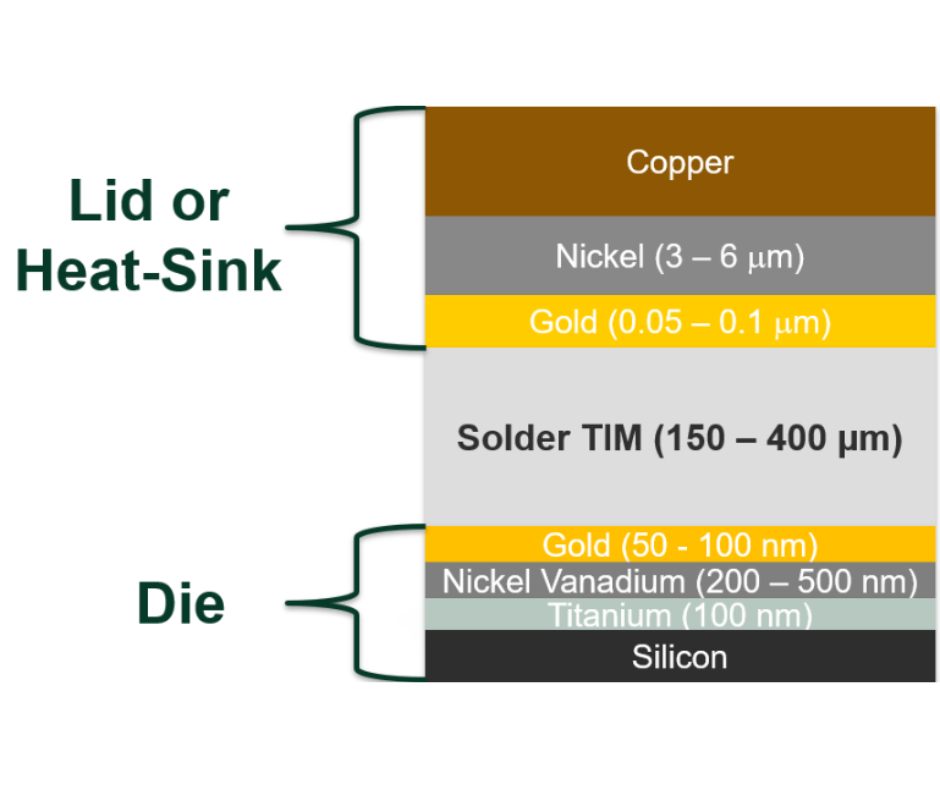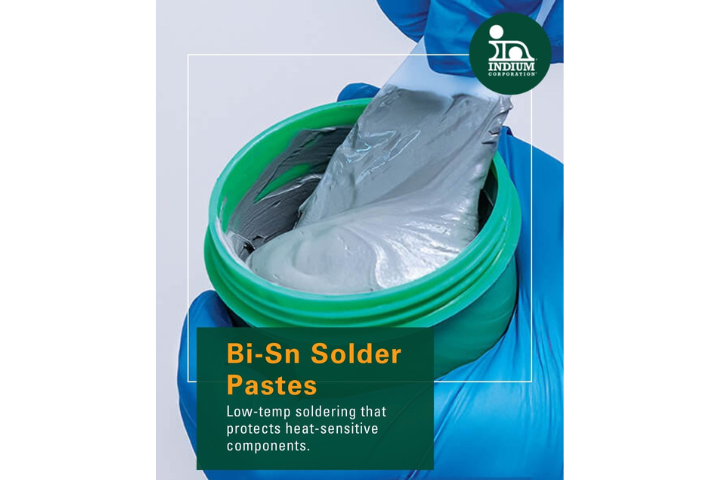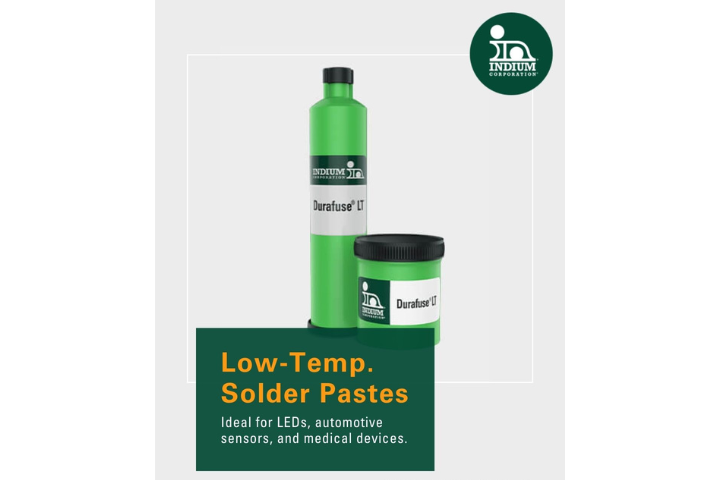To ensure high quality, reliable solder connections, for most devices it is a requirement to have very clean substrates. Without a clean substrate, the solder metal will melt and may appear to have soldered, but upon further inspection of the solder joint, it will be evident that the solder did not chemically bond and the attachment will be very weak. This phenomenon will be most obvious by taking a cross-section, but in many cases, the bond is so weak that the solder can just be scratched off the substrate surface with a fingernail or spatula.
For basic applications, fluxes take care of the substrate cleaning by removing oxides from the base metals. The oxide is dissolved into the flux during reflow and deposits within the flux residue, which may be later cleaned off.
In some devices, cleanliness is not needed just to allow the soldering process to begin, but to ensure no particulates become trapped in the solder joint which may stress the interface. For these circumstances, a common cleaning method used is plasma. Argon plasma etching is a residue-free method for cleaning surfaces prior to and after soldering. An explanation I have read on plasma cleaning compared it with sandblasting at the molecular level except that instead of the scrubbing material being sand, it is tiny argon atoms.
This is also a good cleaning technique for devices which require cleaning methods other than flux alone because they cannot handle the residues left behind by fluxes. Plasma cleaning has been adopted by many semiconductor manufacturers as well as those manufacturers of precise components who are soldering to gold substrates.



